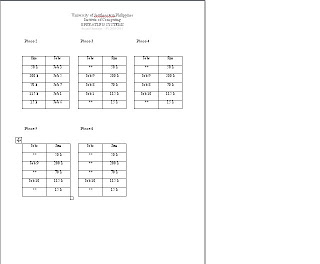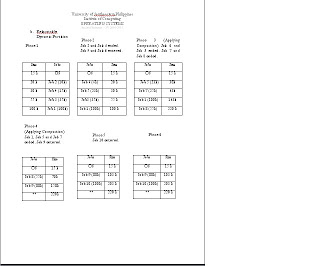Lesson Learned
Last meeting I have learned about different
electronic commerce applications. As what the reporters had discussed, electronic
commerce refers to the buying and selling of products or services over electronic systems such as the Internet
and other computer networks. However, the term may refer
to more than just buying and selling products online. It also includes the
entire online process of developing, marketing, selling, delivering, servicing
and paying for products and services. The reporter also discussed about electronic retailing in which electronic commerce used specifically for retail purchases, including grocery and supermarket items. They also featured this so called electronic exchange and online banking which allows customers to conduct financial transactions on a secure website operated by their retail or virtual bank, credit union or building society.
The reporters also shared about this
electronic payment which is a financial exchange that takes place online
between buyers and sellers. I have also learned about this transaction processing system which is
a type of information system that collect, store,
modify, and retrieve the transactions of an organization. And there
are two traditional transaction processing system namely; batch processing
system and online processing system. They had introduced also some original
transaction processing activities like data collection, data editing, data
correction, data manipulation, data storage and document production.
In
the last part of the discussion, the reporters recall what is Enterprise
Resource Planning (ERP) which integrates
internal and external management
information
across an entire organization, embracing finance/accounting, manufacturing, sales and service, customer
relationship management, etc. And lastly, the topic sharer enumerated the advantages
and disadvantages of Enterprise Resource Planning as well as how it interacts
with E-Commerce.










